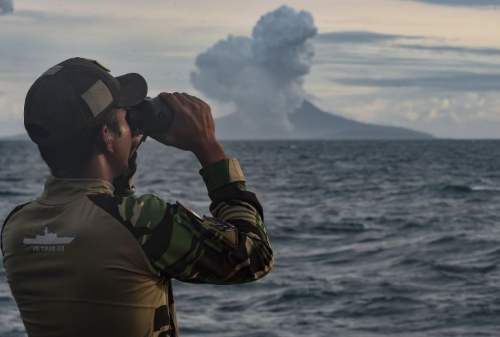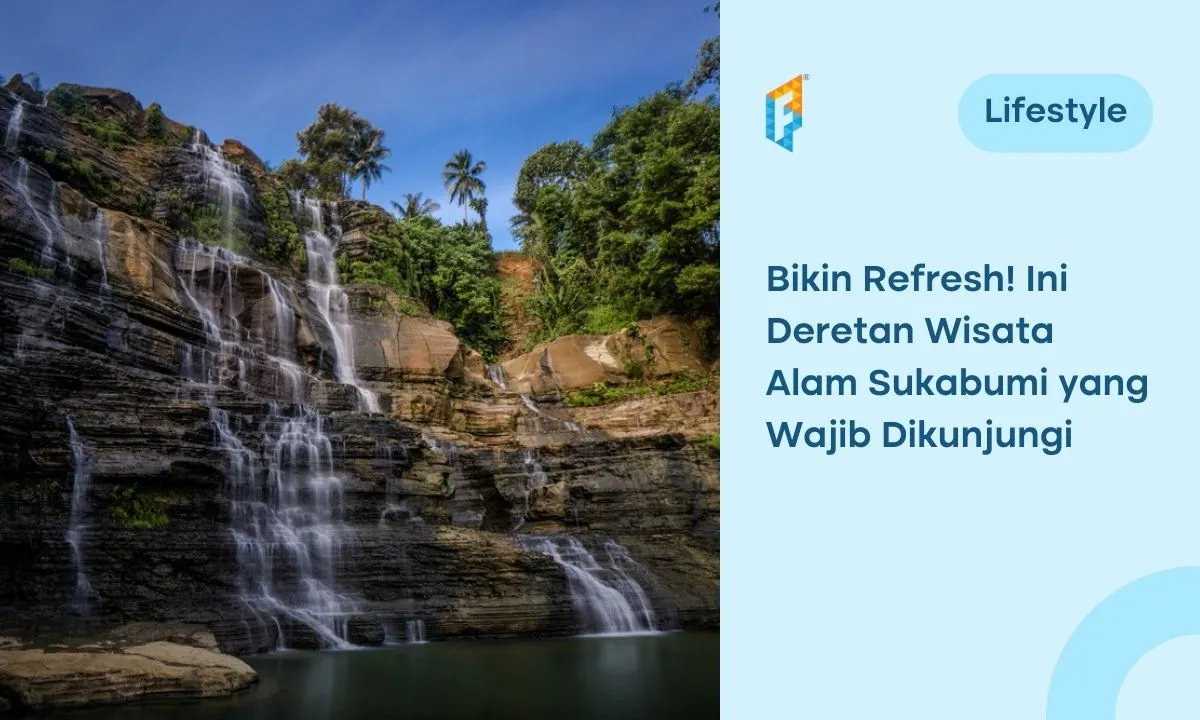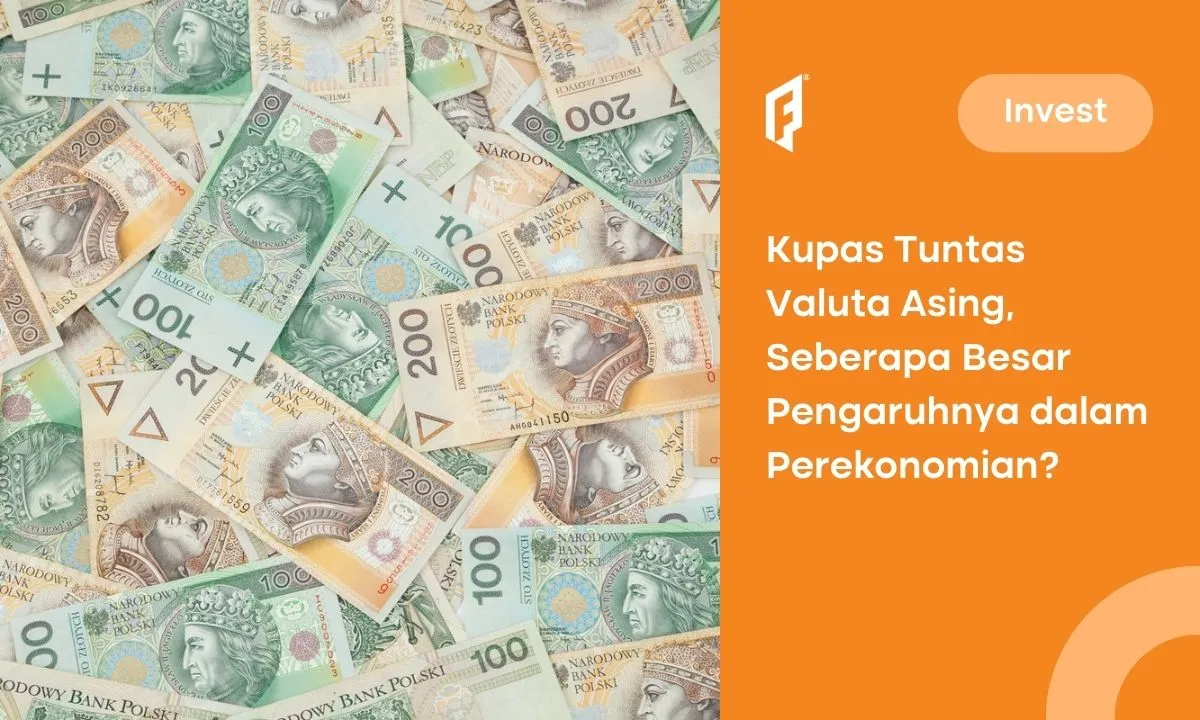Ever heard of the greatest volcano explosion ever in the world? There was Mount Krakatau that erupted in 1883 and killed thousands of people around.
Unique Fact of Mount Krakatau
Have you seen a massive explosion of a volcanic activity that create a dark sky for 2 years in the entire earth?
It was Mount Krakatau (Krakatoa) that erupted greatly in 1883 that even Australian and Burmese could hear the sound of its explosion. It was such a violent force that sank the other islands around it.
Guess what? The mount itself even sank, collapsed under the sea level.
Location of Mount Krakatau
Mount Krakatau is located in Rajabasa, South Lampung, Lampung Province, Indonesia. It became the World Heritage site acknowledged by the UNESCO.
Anak Krakatau, a small island at the center of the ocean-filled caldera, was the ‘son’ of Krakatau that exploded in 1883.
This island, located in the Sunda Strait between Java and Sumatra, draw attention from general visitors who love to enjoy the view and explore on its blessed natural sites while learning the history of its great explosion.
[Read Also: 6 Best Activities In Tanjung Puting, The Largest Orangutan Habitat]
Krakatau Island has been a vital natural site for the scientists who are interested in, and conduct research studies on geology, biology, and volcanology.
It covers a 13.735,10 hectares of area, including 11.200 hectares of marine reserves, and 2.535,10 hectares of land reserves.
This site is recognized for the cataclysmic effect it created among the other natural disasters occurred on the history of the earth.
History of Mount Krakatau Eruption
Before the eruption took place, Krakatau Island had 3 linked volcanic peaks: Perboewatan, the northernmost, and most active; Danan in the middle; and the largest; and Rakata, forming the southern end of the island.
The giant blast of Krakatau eruption in 1883 could be traced back from the activity of Indo-Australian tectonic plate subduction as it moved north towards mainland Asia.
The pressure under the magma chamber caused it to crack, where the first explosion happened.
As it happened, the water from the sea entered inside the chamber, and mixed with the hot lava.
This process is called a phreatomagmatic event. The water turned into a superheated steam contained pyroclastic that flowed up to 25 miles (40 km) at speeds in excess of 62 mph (100 kph).
The initial explosion of the eruption occurred on Sunday the 26th. It brought up cloud of gas, and debris, around 15 miles (24 km) away into the air, above Perboewatan.
The previous eruptive activity of Mount Krakatau, considered to block the neck of the cone that accumulated the pressure in the magma chamber.
The second eruption took place on the next morning, Monday 27th. From the far away Perth, Australia (around 4,500 km), the immense blows, happened 4 times were heard.
The force was so strong that made Perboewatan, and Danan sank into the caldera below the sea.
[Read Also: Komodo Island, The Other Side of Paradise In Flores]
In the record of volcanic activity in the world, Krakatau eruption in 1883 was among the deadliest explosion. It ranked 6 on the Volcanic Explosion Index.
Compared to the nuclear bomb in Hiroshima which had force power of 20 kilotons, the eruption of Krakatau had 200 megatons of TNT force power.
It also 4 times more powerful than Tsar Bomba, the most powerful thermonuclear weapon ever detonated.
Also compared to Mount St. Helens explosion of 1980, the Krakatau eruption was about ten times stronger.
In fact, the activity of Mount Krakatau had appeared in May 1883. According to some report from several ships that often visited the strait, there were thundering noises, and incandescent clouds.
A captain of German warship, the Elizabeth, testified seeing clouds of ash more than 6 miles (9.6 km) high above Krakatau.
What tragic was that there were people staying on the nearby islands who had festivals to celebrate the natural fireworks that lit the night sky, without noticing the tremendous disaster that would happen later.
That is why it’s important to build an early warning system of volcanic activity for people could be warned of the danger, especially for volcanoes surrounded country like Indonesia.
As volcanic activities technologies have developed rapidly nowadays, such system can be made.
GRATISSS Download!!! Ebook Perencanaan Keuangan Usia 20 an
The Impact of Mount Krakatau Explosion in 1883
On August 27th 1883, Krakatau blasted 4 times. Each eruption was followed by the deadly pyroclastic flows, volcanic ashes, and tsunamis.
There were around 36,000 people died mostly from the tsunami, and thousands were injured. Here are some catastrophic impacts generated from Mount Krakatau eruption in 1883.
#1 Rain of Ashes that Killed Thousands of People
Thousands of people in Sumatra, and Sebesi Island died because of the hot ashes.
A study from Verbeek shown that the eruption was a lateral blast, or pyroclastic surge (a flowing mixture of gas, and rock fragments thrown away during eruption).
The volcanic rock fragments, and the hot volcanic gases turned into burning ashes. The rain of hot ashes fell down in Katibung, Sumatra. It killed around 1.000 people and 3.000 people on Sebesi Island.
#2 Great Tsunami
When part of the Krakatau fell below the sea level, it created a great wall of water about 120 feet tall.
The tsunami totally swept away the small islands nearby. People in the coastal towns of Java and Sumatra escaped to higher grounds. On that event, 165 coastal villages were destroyed.
The tsunami also devastated Merak, a city in Banten. Even ships in South Africa were hit by that tsunamis. After the event, there were many corpses floating on the ocean for months.
It is believed that the colossal pyroclastic flows that going into the sea were the cause of tsunamis that followed the eruption.
#3 Extreme Change in Global Temperature, Dropped to 2 Degrees
After the remnants of Krakatau explosions were thrown away, the average global temperatures were dropped as much as 1,2 degrees cooler until 1888.
It made rain intensity increased in South California, Los Angeles, and San Diego.
The explosion had sent an incredible amount of sulfur dioxide (SO2) to the stratosphere.
Through the wind, the gasses spread into the entire earth, and increased the sulfuric acid (H2SO4). The result was a higher intensity of raindrops.
#4 Sunsets for Years
The remnants, estimated 11 cubic miles (45 cubic km), went into the atmosphere that darkened the sky around the globe for years. The event led to sunsets around the world for many months.
#5 Moon Color Appeared to Be Blue and Green
The phenomenon also created blue and sometimes green color light of moon. This happened because the white light of the moon was penetrated by the particles that scattered the red light.
Therefore, this made moonlight to appear in blue, and sometimes green.
This event was recorded by the painting of British artist, William Ashcroft, where he sketched the red sunsets around the world.
Anak Krakatau (The Child of Krakatoa)
After the eruption, almost the entire Mount Krakatau disappeared, except the shouter third.
It created a caldera, a hollow resulted when a magma chamber was empty. In 1927, Anak Krakatau (The Child of Krakatau) emerged from the caldera.
[Read Also: Derawan Island, The Hidden Paradise In East Kalimantan]
Anak Krakatau has continued to erupt periodically. On December 2018, the part of this mount under the water was collapsed that led to a deadly tsunami that killed around 426 people.
The last eruption of this mount was on April 10th, 2020.
Today, Anak Krakatau becomes the object of extensive studies by volcanologist scientist, because of its young age.
How to Get to Krakatau Island
Here are several likely routes to get to Krakatau Island.
#Route 1 from Bandar Lampung
Take flight to Bandar Lampung. As you arrived, there is a bus from Rajabasa or Panjang Terminal to Kalianda, South Lampung districts, for approximately 45 minutes.
From there, use mini buses (angkutan kota) to Canti Village for about 10 minutes.
From Canti Village, you have 2 options to get to Krakatau Island; rent a fast boat (Jetfoil) or regular motor boat.
The faster boat will take approximately 90 minutes while the regular will take approximately 150 minutes.
#Route 2 from Jakarta
From Jakarta, you can directly go to Krakatau Island through Banten Province. Jetfoil (a fast boat) or cruise ships are options that will take you straight to the Krakatau Island.
If you love having some adventure during your trip, use the public transportation route. Take a bus from Kalideres Terminal to Merak Harbor in Banten Province around 1,5 hours.
From there, take a ferry to Bakauheni Harbor on Sumatra. This trip will pass the Sunda Straits.
The trip is 1 to 2 hours long, depending on the weather and traffic conditions. From Bakauheni go to Port Tanjung Bom by chattered boat. From Tanjung Bom, go to Sabesi Island by rented boat.
Then from Sabesi, you can go to Krakatau Island by boat for about 2 hours.
Where to Stay in Krakatau Island
Now here are some options of affordable yet delightful places to stay during your visit.
#Tanjung Lesung Bay Villas Hotel & Resort
This beachfront view hotel has a direct view of Anak Krakatau. It is near to Panaitan Island that is located in Ujung Kulon National Park.
Those who love secluded place that blended with beautiful natural view, I recommend you this hotel.
They provide facilities such as outdoor pool with beachfront view and bar/lounge.
They also provide outdoor activities like snorkeling, rental bike, and even fishing.
#Pesona Krakatau Hotel, and Cottage
This beachside hotel and cottage is placed in a private beach, Serang, Banten.
It offers you a charming beach view, restaurant, outdoor pool, and a BBQ facility. There also a buffet for breakfast.
#The Jayakarta Anyer
This hotel features a beachfront view, with an outdoor pool, and a restaurant.
If you look for accommodation with sport facilities, the hotel covers basketball, jogging-tracks, and tennis spots for you.
Other facilities are children play-ground and meeting rooms.
Each suite also features a private balcony where you can enjoy the lovely ocean and sunrise, just a few steps away from the bed.
Conclusion
Krakatau Island is recognized by UNESCO as the World Heritage site. Its spectacular history of eruption, has made it famous and led many scientists to do an extensive research.
For visitors, it offers the breathtaking view of the mountain area and the nearby islands that are worth exploring.
If you are interested to do some research or journey to Krakatau Island, hopefully you find this article helpful. Tag those who also want to go there too.
To prepare for the budget, download Finansialku apps to calculate easily. It’s now available for iOs too!
References:
- Admin. Krakatau. Indonesia-tourism.com – https://bit.ly/2LuUweY
- Mary Bagley. September 15th, 2017. Krakatoa Volcano: Facts About 1883 Eruption. Livescience.com – https://bit.ly/2LpgeAS
- April 11th, 2029. 7 Dampak Letusan Gunung Krakatau 1883 pada Dunia, sampai Gelap Gulita. Idntimes.com – https://bit.ly/3fIWczn
Pictures:
- Krakatoa 01 – https://bit.ly/3cwZNyz
- Krakatoa 02 – https://bit.ly/3buc19D
- Anak Krakatau 01 – https://bit.ly/2Wu5QOB
- Anak Krakatau 02 – https://bit.ly/2WOWmfG















Leave A Comment